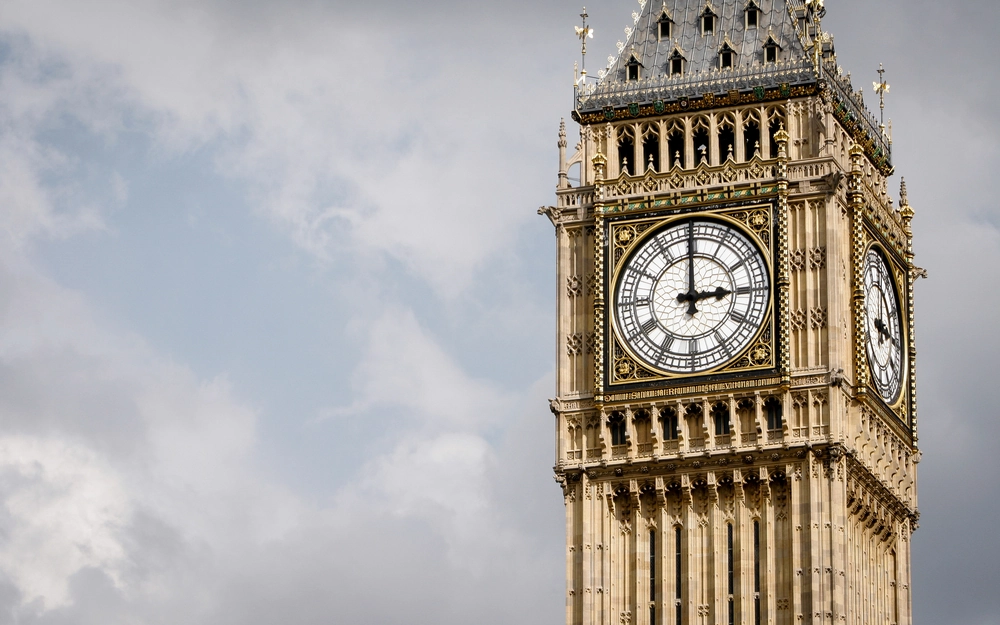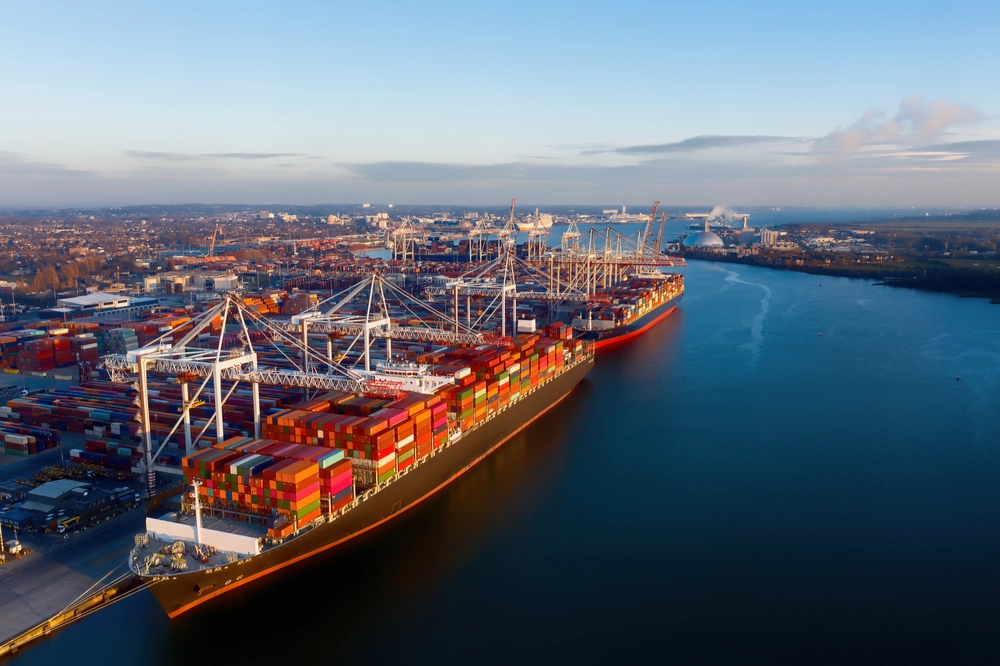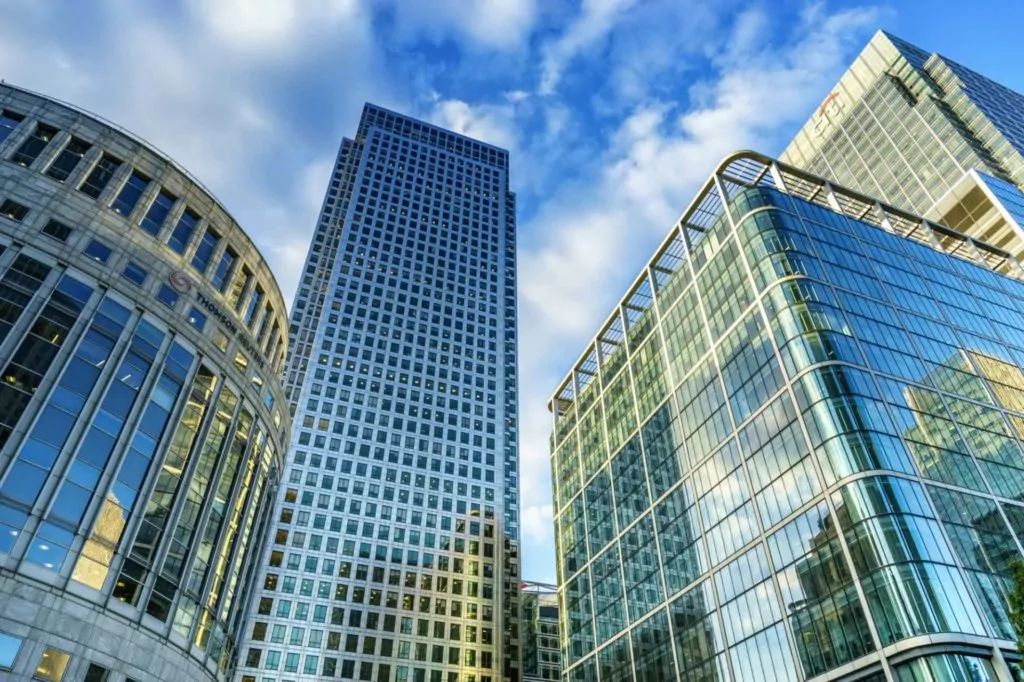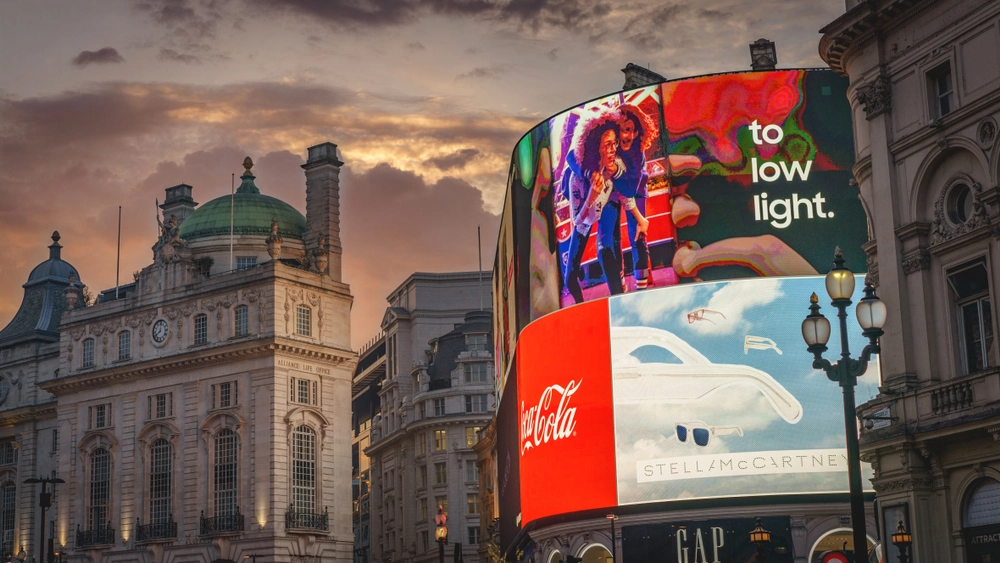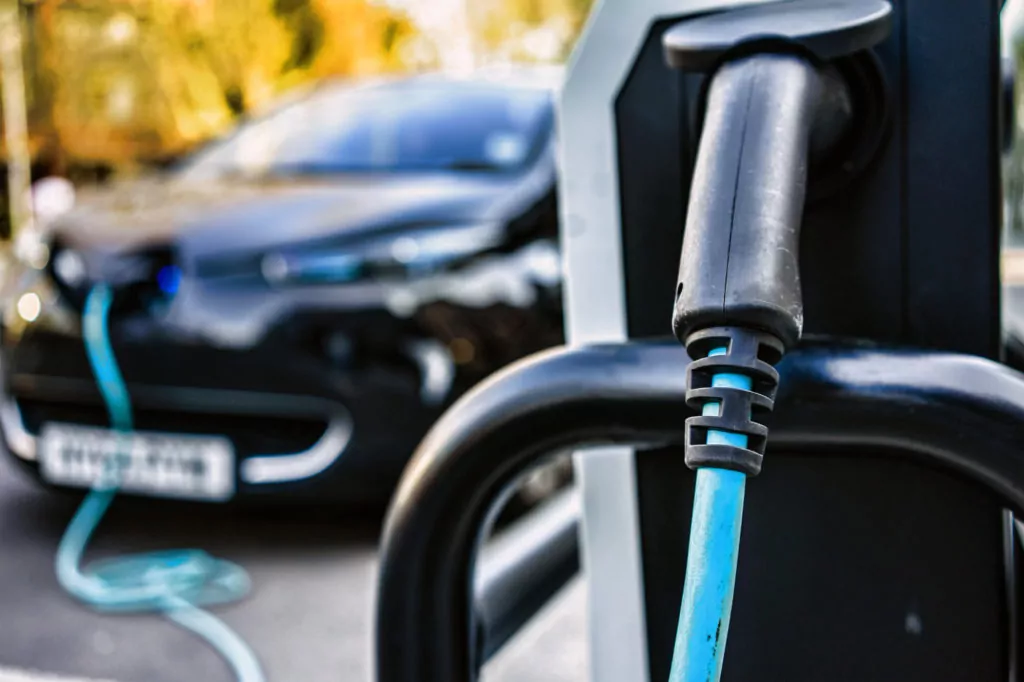
“If we have 37 million electric vehicles, how many chargers do we need?”
I was asked this question last week at Everything EV Live in London. My answer was that I would rather we didn’t end up with 37million EVs. I would like to think the future looks much more diverse than that, with multiple zero emission mobility options. Even if we did have 37 million EVs, there needs to be serious consideration to the correct application of the chargers and the inevitable and undeniable impact that this level of EV uptake will have on the Grid without innovation.
With the unveiling of the local charging network "Revive" here in the West of England this week, the need for the right equipment in the right place and the importance of successful collaboration among public and private sector colleagues was made clear. Collaboration will be key in ensuring a low carbon and zero emission future. These collaborative relationships will range from finding the right land, through to finding the right investors and onto finding the right partners to work with. Something I know the OLEV funded Go Ultra Low West project has achieved brilliantly.
The UK needs to embrace the technology that ensures intelligent consumption of energy and consumer flexibility will form the basis for developing a truly strong post carbon society. One clear way to capture the public's interest was uncovered at Everything EV Live by sharing what the panel of experts believe is the key to unlocking V2G potential for the UK.
Jeremy Yapp of BEAMA, wanted to put the consumer first. He asked, "how will smart charging enable things like enforced contractual control to ensure the grid is not unduly stressed in areas where communities adopt EVs faster than we saw coming?"
Joseph Cosier, Policy Manager for New Energy Services and Heat (NESH) at Energy UK wants to assess the 21 Innovate UK trials and remove tech blockers. Let’s be clear about what we mean by smart. Joseph calls for clarity about how consumer control can lead to consumer reward.
Vehicle to Grid has received vast investment and testing. In the meantime, there are solutions already at hand to support our Climate Emergency and Clean Air Zone proposals here in the UK. My findings from the event can be summarised by suggesting that strategically it’s Air Quality that drives the interest from the public. Practically it is the availability and affordability of the equipment and technology which drives the uptake. But from a UK wide perspective, in the here and now, it is thought leadership that is needed and collaboration that is critical.
How do we avoid the “Path of Least Regret” for consumers?
Jeremy Yapp, Head of Flexible Energy Systems at BEAMA




